Physical characteristics
Spreading
Flowers and foliage
Bushy shrub with grey-
Preferred site
This lavender prefers
Preparation for planting
Always choose healthy well grown
Maintenance tips
Apply mulch
Ecological and biodiversity benefits
Flowers of this species attract bees making it a useful addition to wildlife-friendly gardens and for pollinating edible crops.
Pests and diseases
Generally free of
Location at Auckland Botanic Gardens
Herb Garden
Interesting facts and tips
Lavenders belong to the family Lamiaceae which includes mints and sages. Lavandula is one of the oldest and best-loved fragrant garden



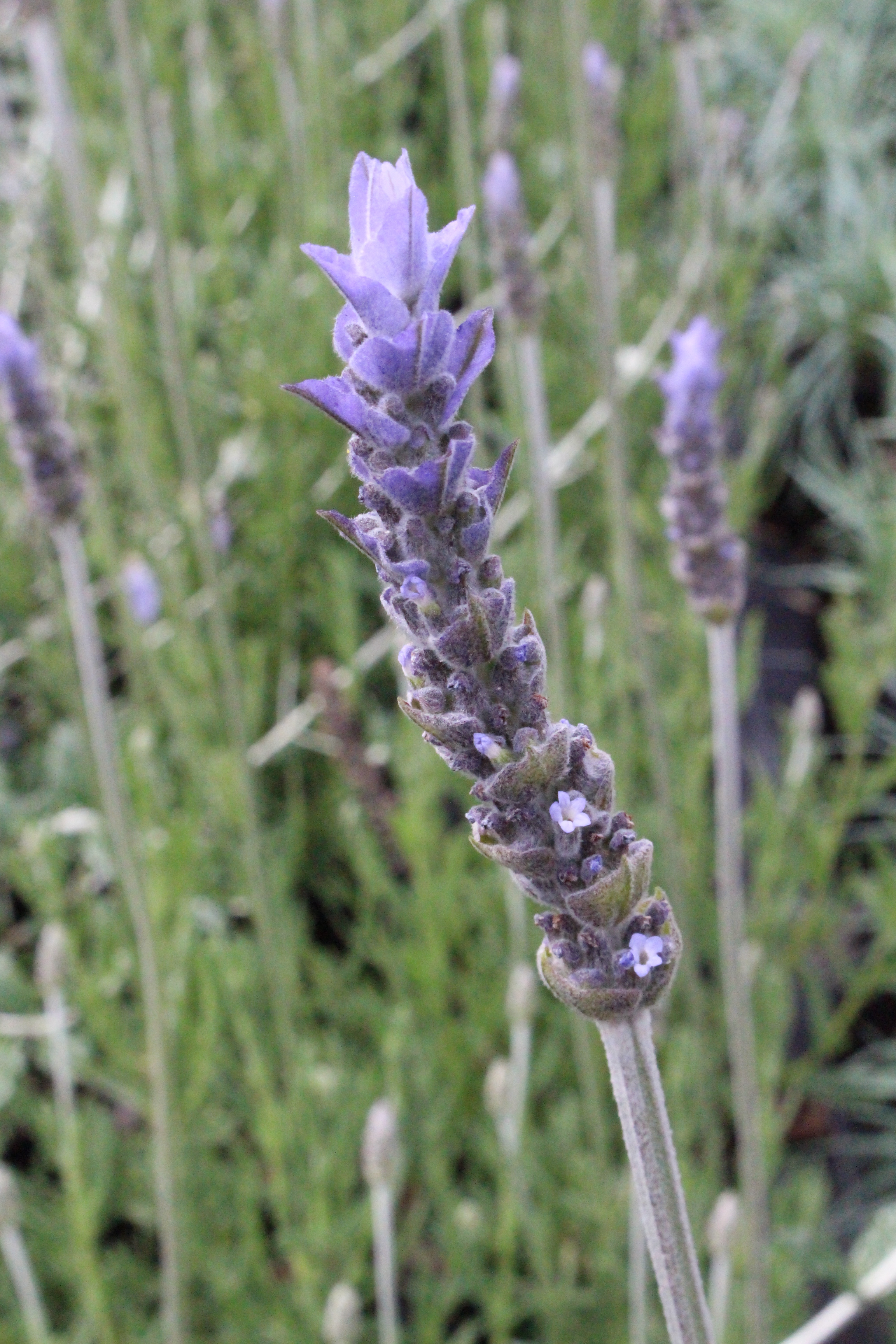
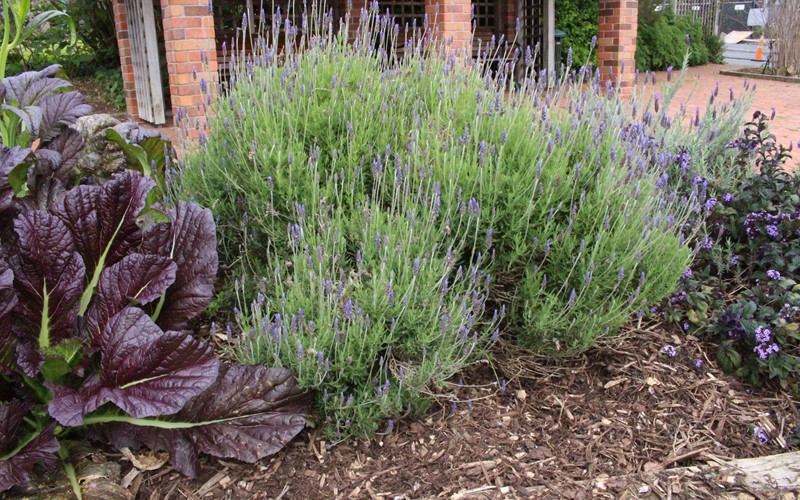
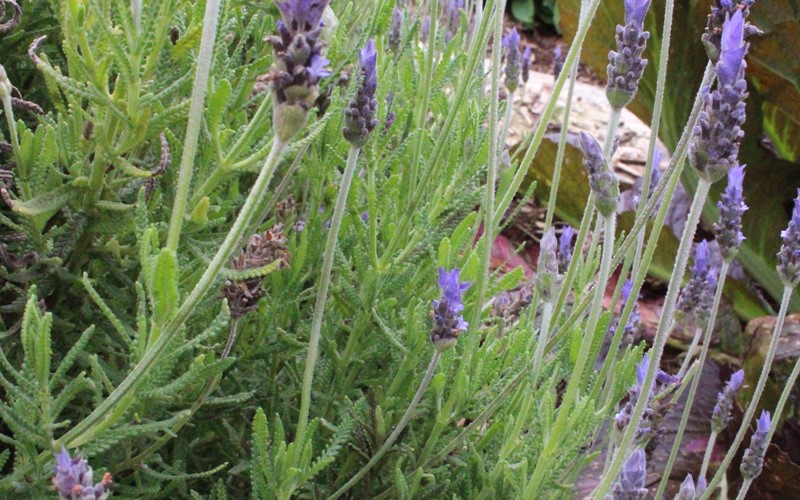
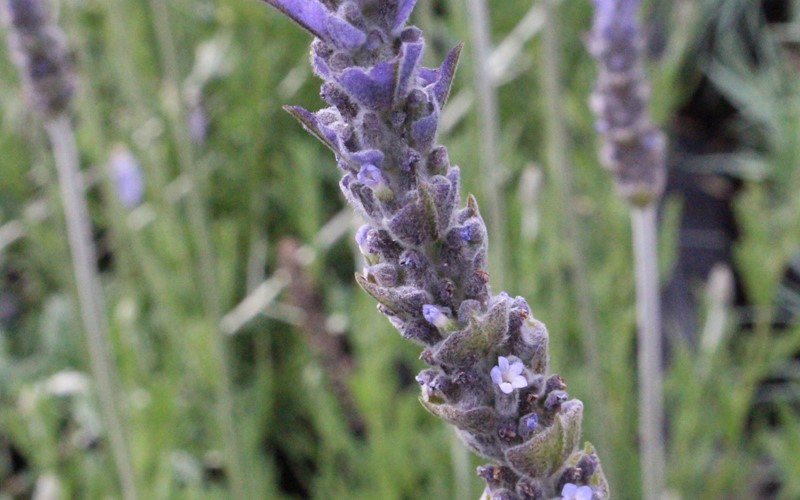
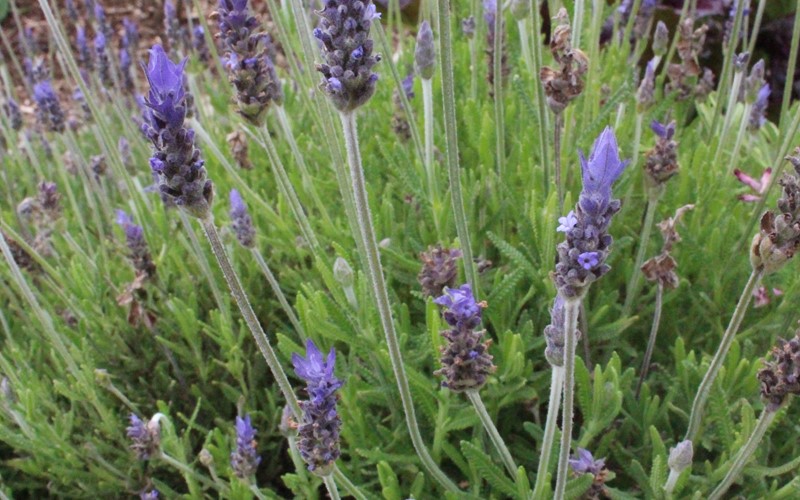
.jpg?anchor=center&mode=crop&width=1200&height=1200&rnd=131732822304530000)
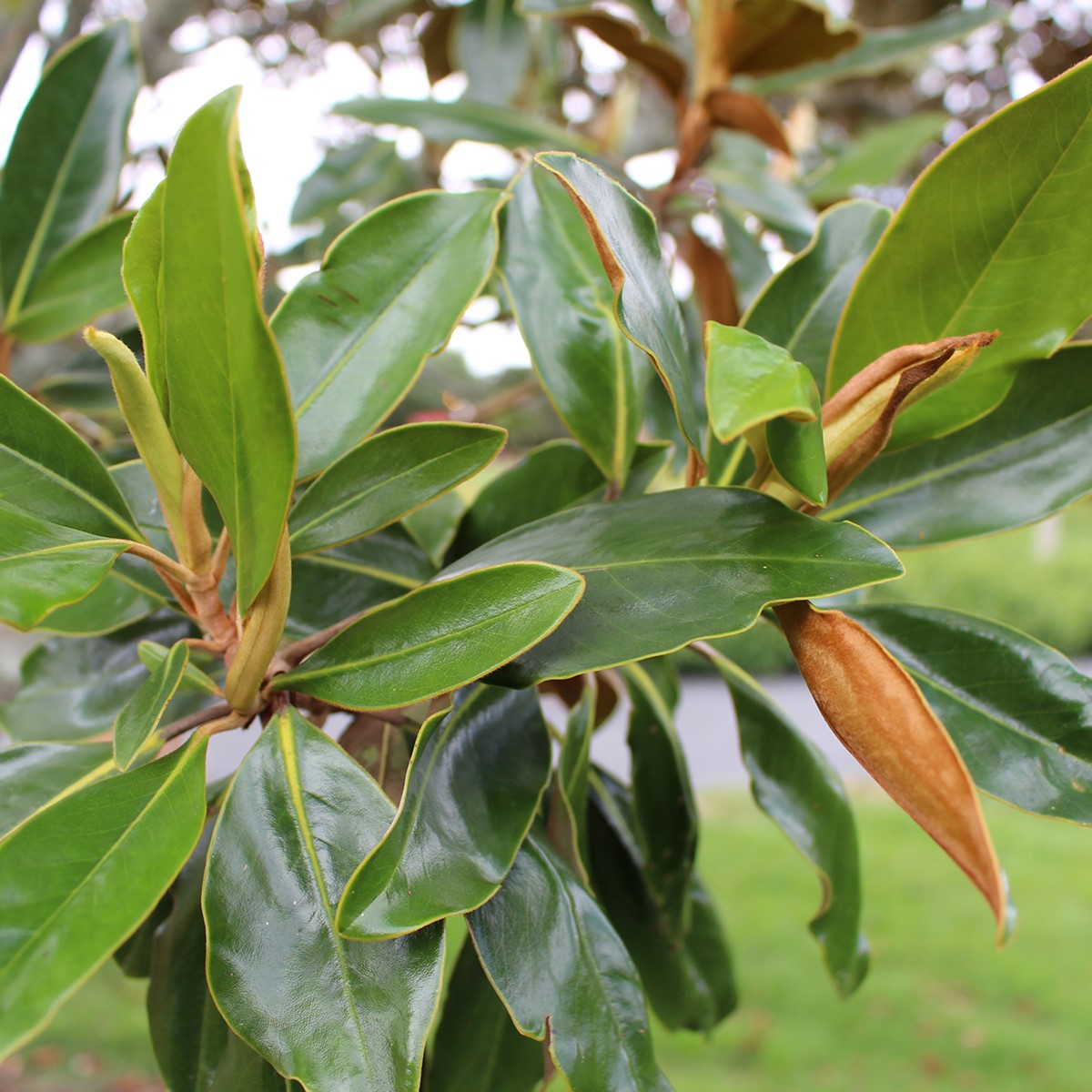
.jpg?anchor=center&mode=crop&width=1200&height=1200&rnd=132106949760530000)
 .jpg?anchor=center&mode=crop&width=1200&height=1200&rnd=131732822977030000)